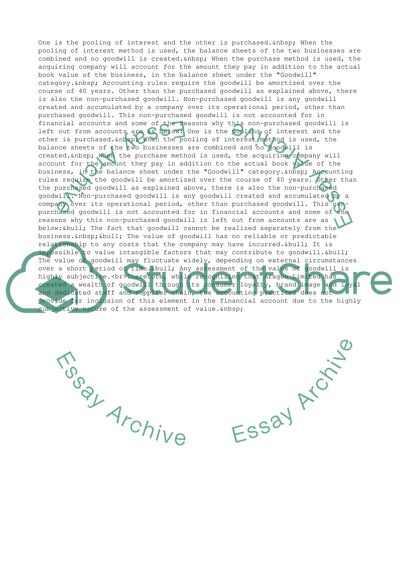Cite this document
(Treatment of Goodwill: Aragon Limited Case Study, n.d.)
Treatment of Goodwill: Aragon Limited Case Study. Retrieved from https://studentshare.org/business/1702827-measuring-performance-accountancy-balanced-scorecard
Treatment of Goodwill: Aragon Limited Case Study. Retrieved from https://studentshare.org/business/1702827-measuring-performance-accountancy-balanced-scorecard
(Treatment of Goodwill: Aragon Limited Case Study)
Treatment of Goodwill: Aragon Limited Case Study. https://studentshare.org/business/1702827-measuring-performance-accountancy-balanced-scorecard.
Treatment of Goodwill: Aragon Limited Case Study. https://studentshare.org/business/1702827-measuring-performance-accountancy-balanced-scorecard.
“Treatment of Goodwill: Aragon Limited Case Study”, n.d. https://studentshare.org/business/1702827-measuring-performance-accountancy-balanced-scorecard.


